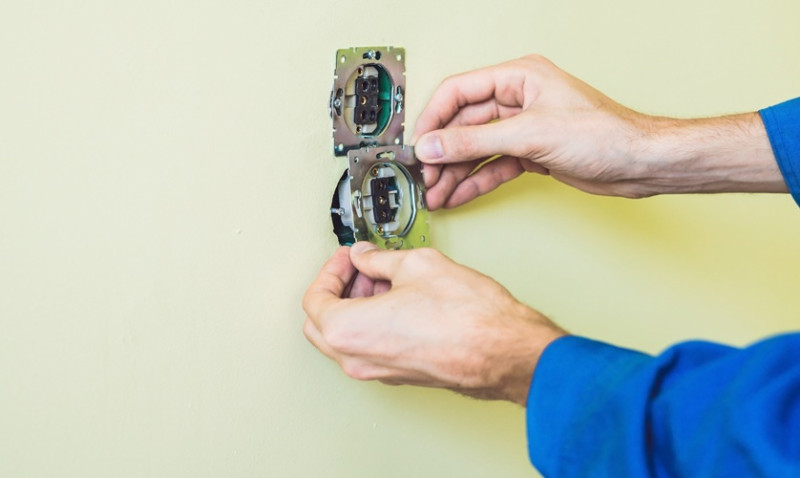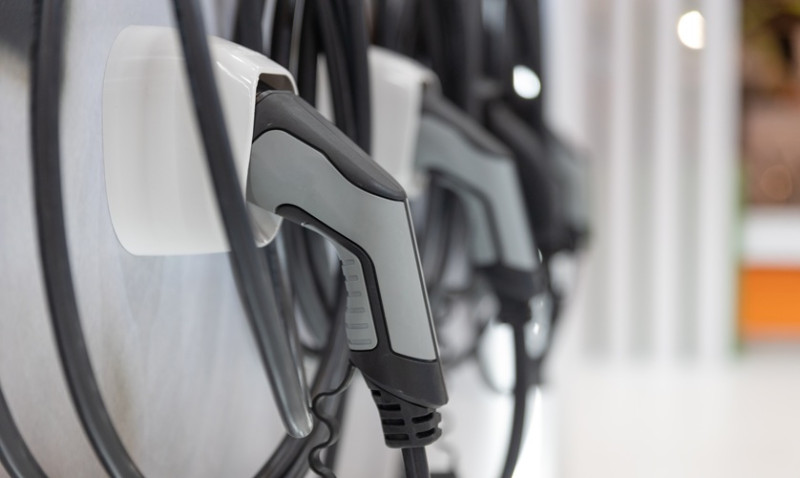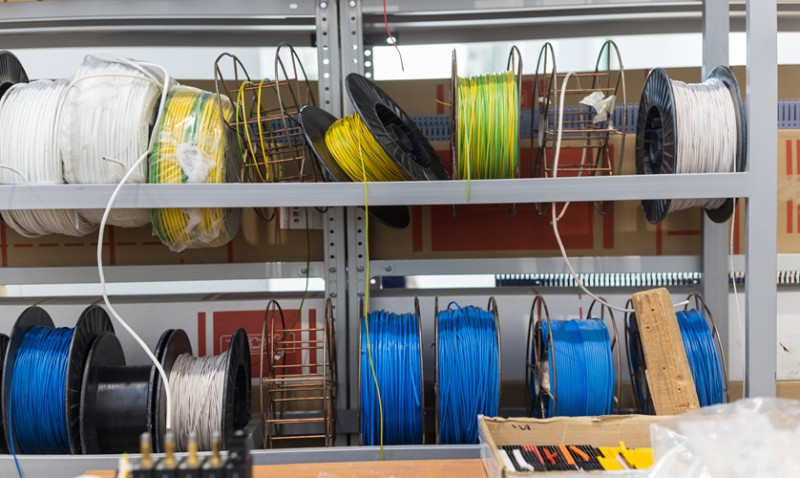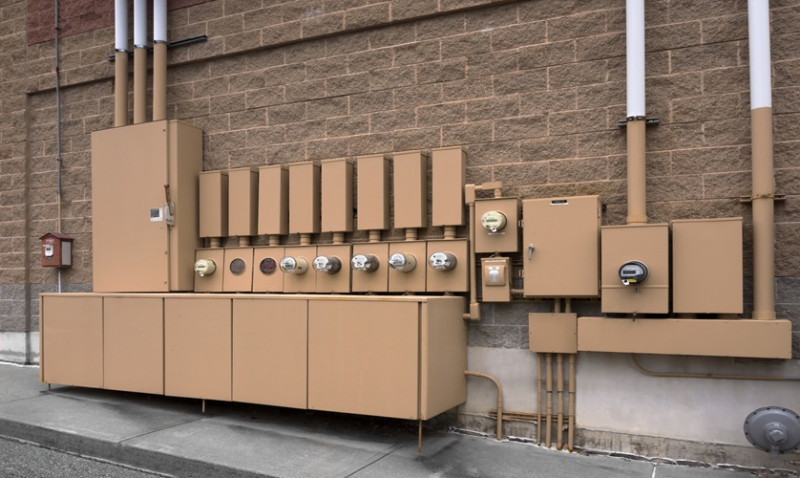
In the world of residential and commercial electrical work, the role of an electrician is critical—not just for functionality but also for safety. Whether you're a DIY enthusiast planning a kitchen rewiring project, a homeowner upgrading lighting fixtures, or a professional tradesperson aiming to expand your credentials, understanding the different types of electrician licenses in the UK is essential. In this edition of "Job Talks", we sit down with Tom, a seasoned electrician with over 15 years of experience, who walks us through the three primary types of electrician licenses and how each one fits into the broader electrical industry.
1. Domestic Installer Licence
The domestic installer license is often the entry point for many electricians in the UK. This license allows electricians to carry out electrical work specifically within domestic properties—think homes, flats, and small residential buildings. For many homeowners and DIY enthusiasts, this is the type of electrician they most frequently encounter.
According to Tom, this license covers installations such as new sockets, light fittings, consumer unit upgrades, and kitchen rewiring in residential properties. Domestic installers typically don't work on commercial or industrial systems, making their scope narrower but critically important for residential environments.
To acquire this license, individuals must complete relevant qualifications such as the Level 2 and Level 3 Diploma in Electrical Installations, or an NVQ Level 3 in Electrotechnical Services. Additionally, they must demonstrate compliance with the Building Regulations Part P and register with a Competent Persons Scheme, such as NICEIC or NAPIT.
This type of license is ideal for tradespeople and job starters who want to focus purely on domestic properties. For homeowners and interior designers, hiring someone with this license ensures their property is being worked on legally and safely. It’s also a stepping stone for electricians who later want to pursue more advanced qualifications and licenses.
2. Approved Electrician
Once an electrician gains significant experience and additional qualifications, they can progress to becoming an approved electrician. This status is generally recognized by the Joint Industry Board (JIB) and involves more advanced training, including the successful completion of Level 3 NVQ in Electrotechnical Systems and the AM2 Assessment (Achievement Measurement 2).
Approved electricians can work independently or as team leaders on more complex installations. They handle both domestic and commercial projects, including office rewiring, warehouse lighting systems, and more intricate control systems. Tom explains that this license opens up vast opportunities, allowing an electrician to take on larger contracts, manage apprentices, and supervise projects from start to finish.
From an architect’s or designer’s perspective, collaborating with an approved electrician means working with someone who understands larger scale and multi-phase projects. Their broader expertise ensures they can coordinate with builders, plumbers, and project managers effectively.
This type of license is also crucial in scenarios where the electrical layout is more technical and requires comprehensive planning and execution—making them a key part of the construction and renovation process in both residential and commercial environments.
3. Master Electrician / Chartered Electrical Engineer
Although not an "official license" in the same way as the previous two, the title of Master Electrician or Chartered Electrical Engineer signifies the highest level of electrical competence in the industry. These professionals typically have several years—often decades—of hands-on experience and advanced education to back up their credentials.
Master electricians may hold degrees in electrical engineering and often become chartered through institutions such as the Engineering Council or the IET (Institute of Engineering and Technology). They are qualified to design complex electrical systems, interpret codes, manage contracts, and provide consultancy services.
In high-level commercial, industrial or governmental projects, a master electrician plays a pivotal role. For example, they might oversee the electrical system of a hospital wing, a school, or data centres—projects where failure is not an option. Their knowledge ensures full compliance with UK and international safety regulations.
From a tradesman's point of view, working under a master electrician can be a valuable learning experience. For those in interior design or architecture, early collaboration with a chartered electrical engineer helps ensure the feasibility of design concepts, especially when integrating cutting-edge technologies like smart home systems or energy-efficient installations.
Comparison at a Glance
| License Type | Scope of Work | Qualifications Required | Typical Projects |
|---|---|---|---|
| Domestic Installer | Residential-only electrical systems | Level 2 & 3 Diplomas, Part P Compliance | House rewiring, kitchen renovations, new sockets |
| Approved Electrician | Residential and commercial/intermediate projects | NVQ Level 3, AM2 Assessment | Office fit-outs, industrial installations |
| Master Electrician / Chartered Engineer | Complex, large-scale, and design-heavy systems | Degree in Electrical Engineering, Chartership | Hospitals, factories, city planning, system design |
Why Licensing Matters
Licensing isn't just about ticking boxes or flashing a card—it's about ensuring the protection of life and property. Whether you’re a DIY enthusiast attempting to understand if your fuse box needs upgrading, or a project manager seeking compliance documentation for a new development, knowing the level of your electrician’s certification can be the difference between a smooth project and a dangerous cut corner.
Tom shares that many issues arise from hiring unqualified workers or attempting complex jobs without proper training. Regulations exist to protect everyone involved—from homeowners to tradespeople—and the rise of smart homes, EV chargers, and renewable energy integration means qualified electricians will only become more important over time.
Conclusion: Choose the Right Electrician for the Job
The UK electrical industry outlines a clear progression path for electricians, from domestic installers to seasoned master electricians. For tradespeople, understanding this hierarchy helps plan career growth. For homeowners, designers, and architects, knowing which license fits your project ensures you’re hiring the right person with the right credentials.
If you're preparing for your next renovation or starting a new build, speak to potential contractors about their license level. Ask to see qualifications and verify their membership of a recognised professional body. It’s more than paperwork—it’s your guarantee of safety, quality, and peace of mind.
Thanks to insights from professionals like Tom, navigating the complex world of electrician licenses becomes a lot clearer. With the right partner on board, your project—whether big or small—is in safe hands.







